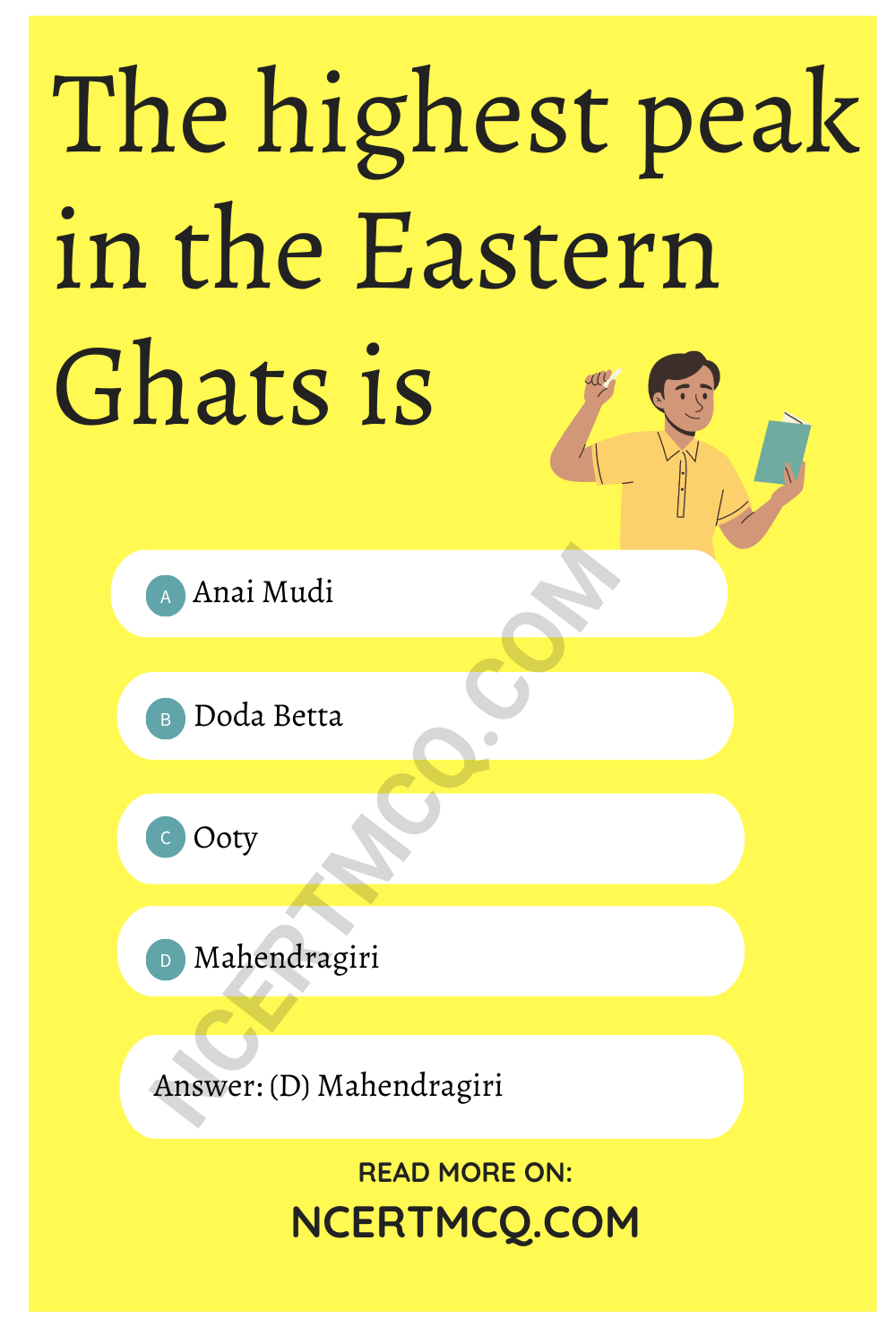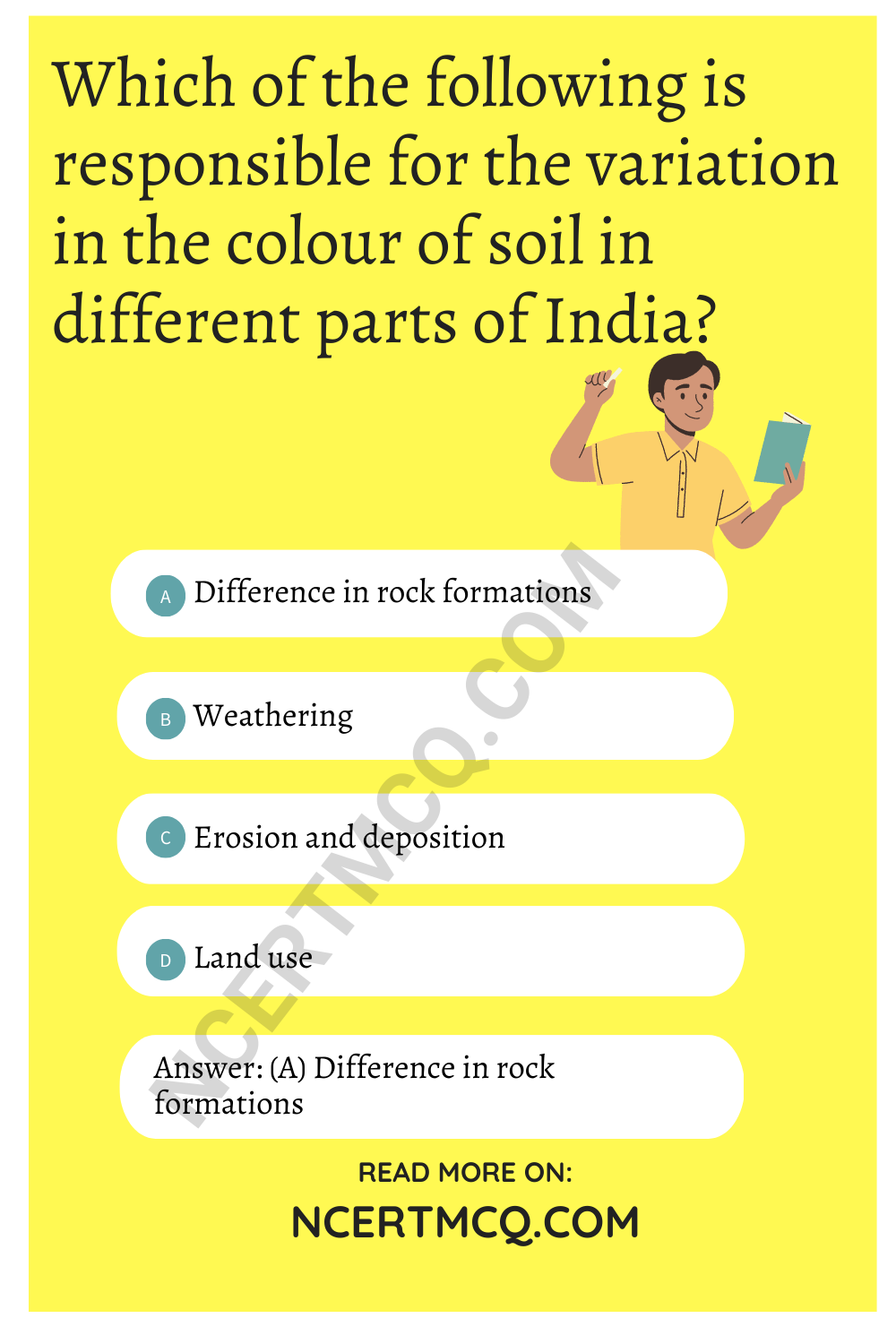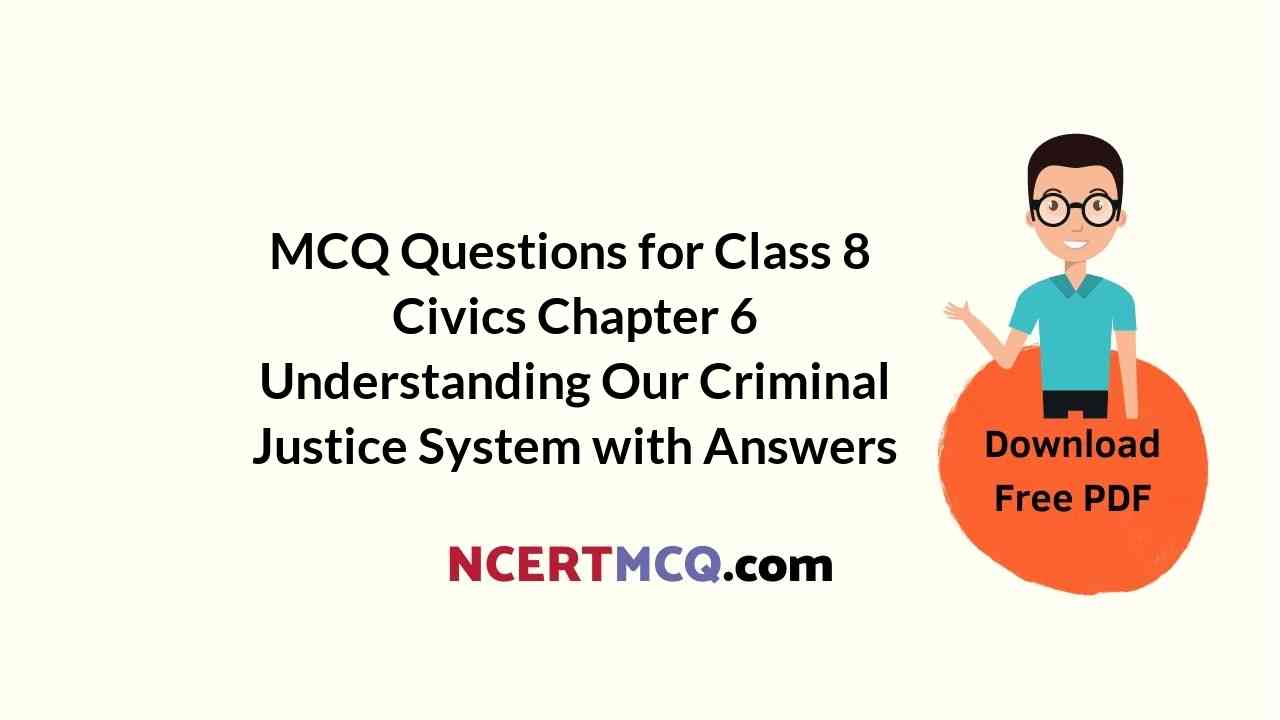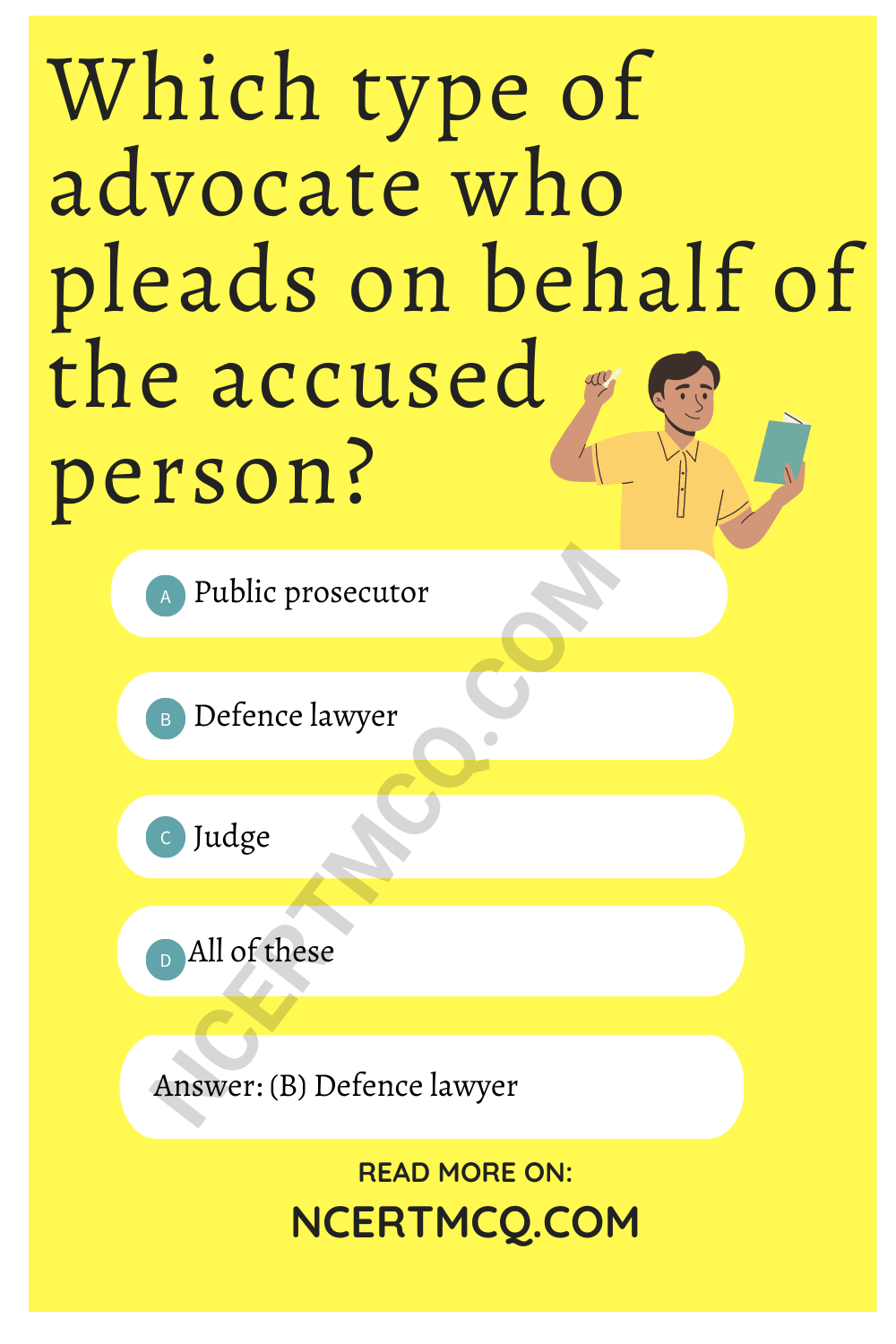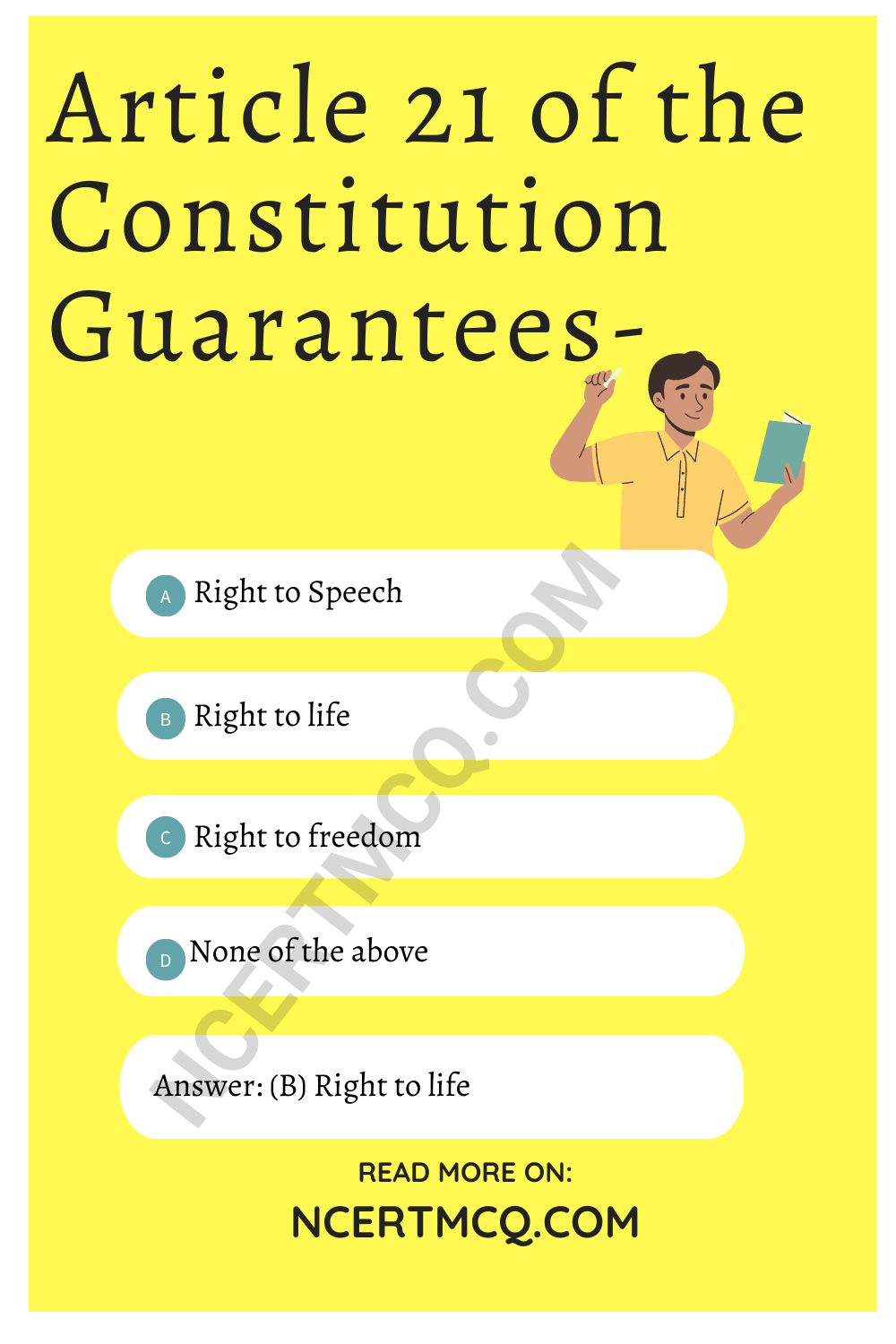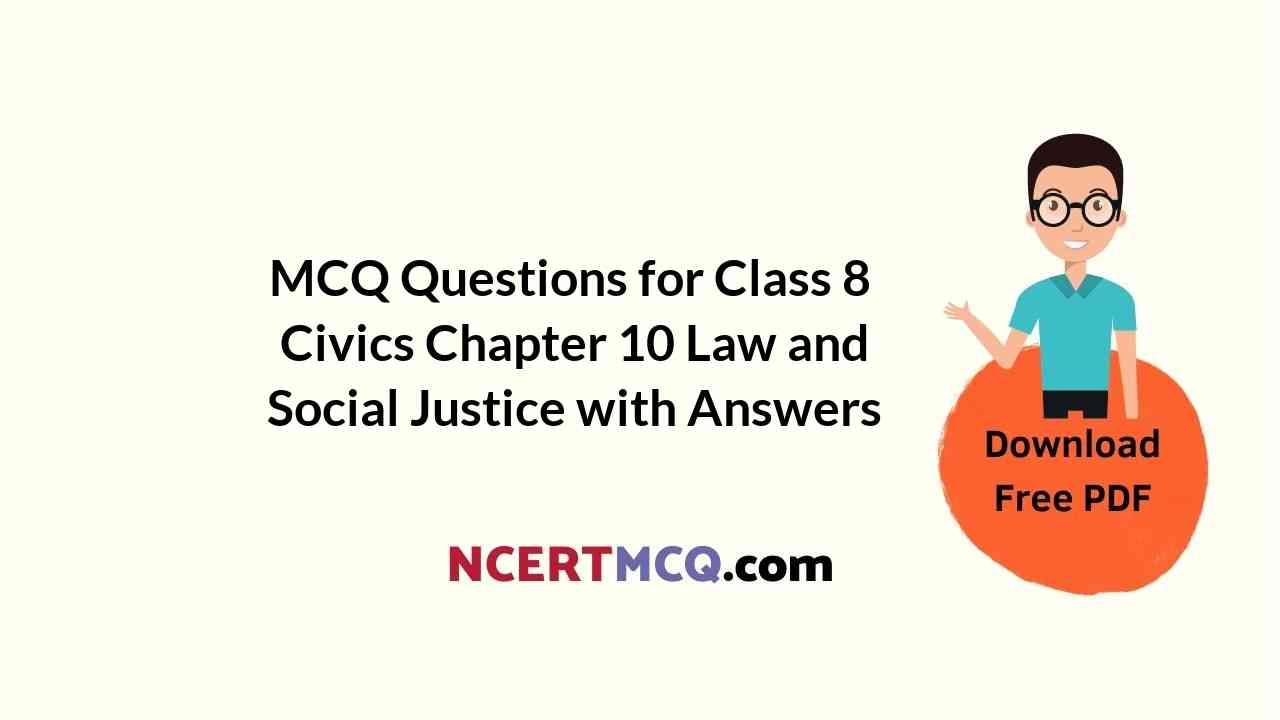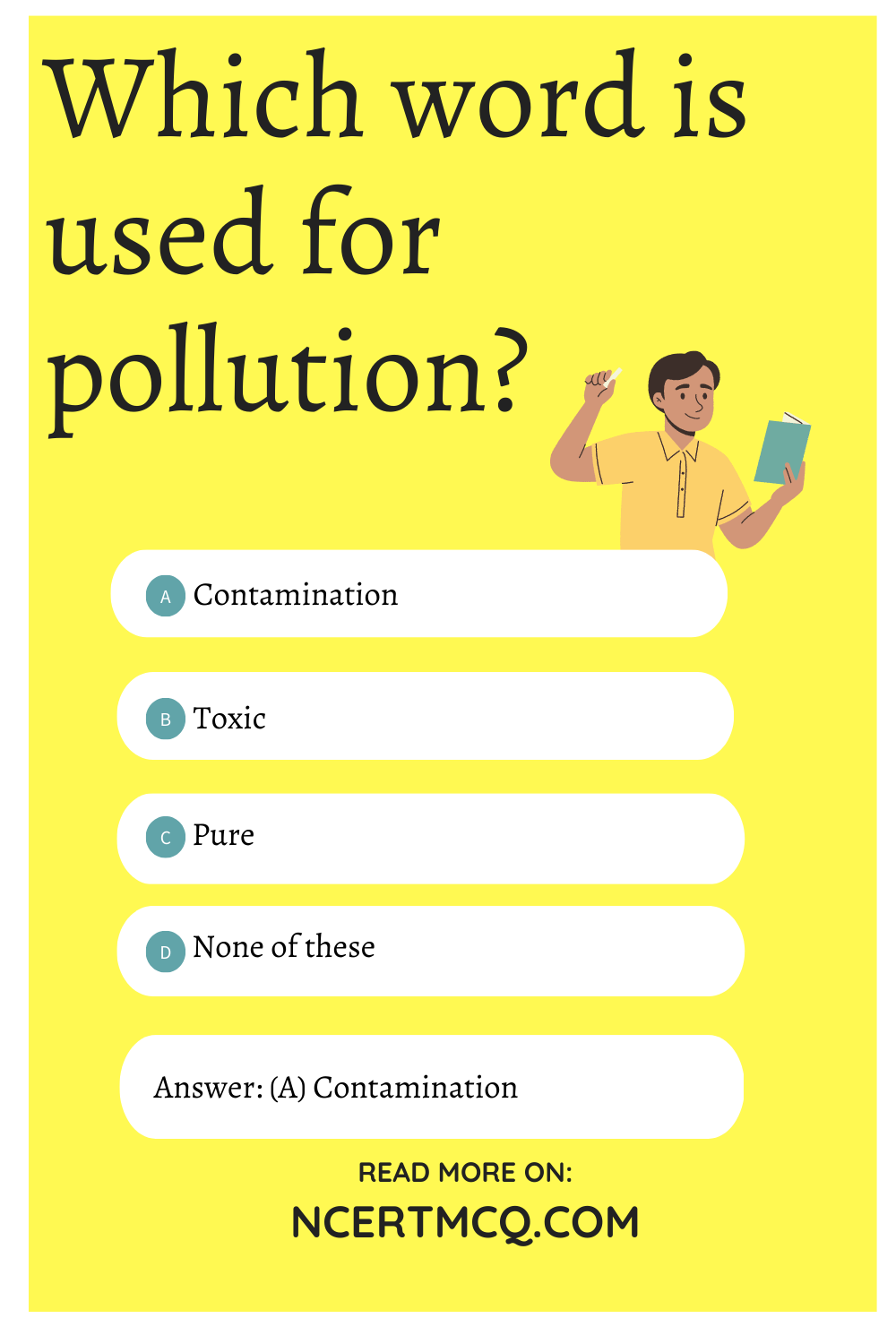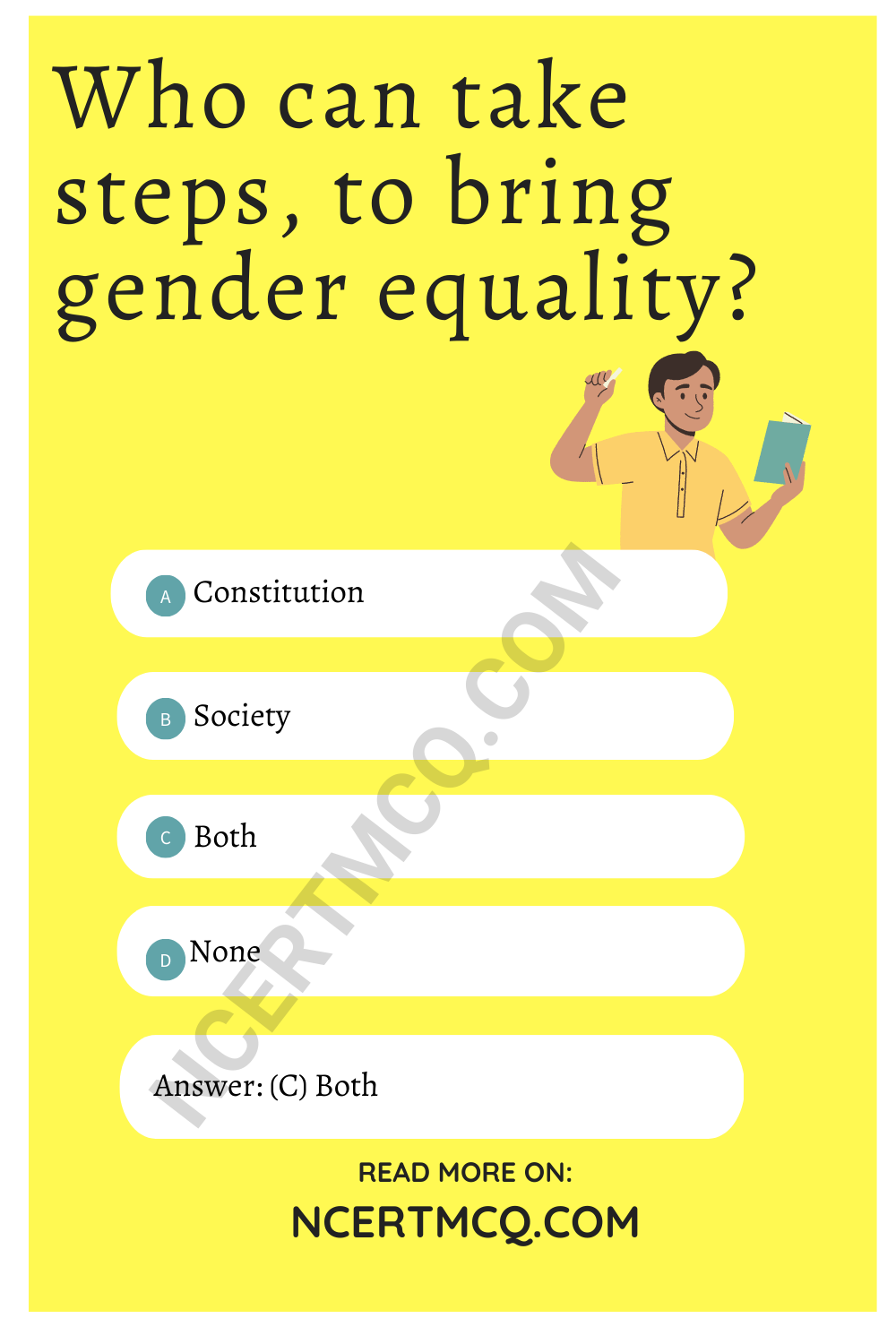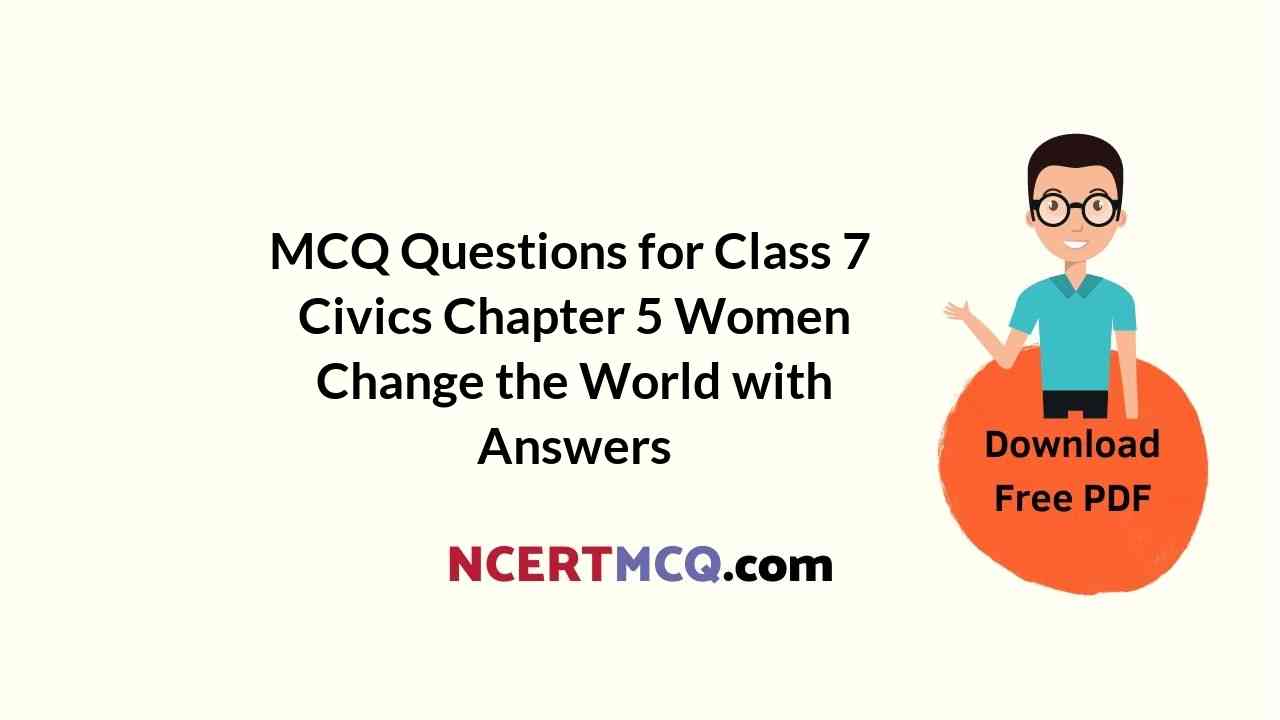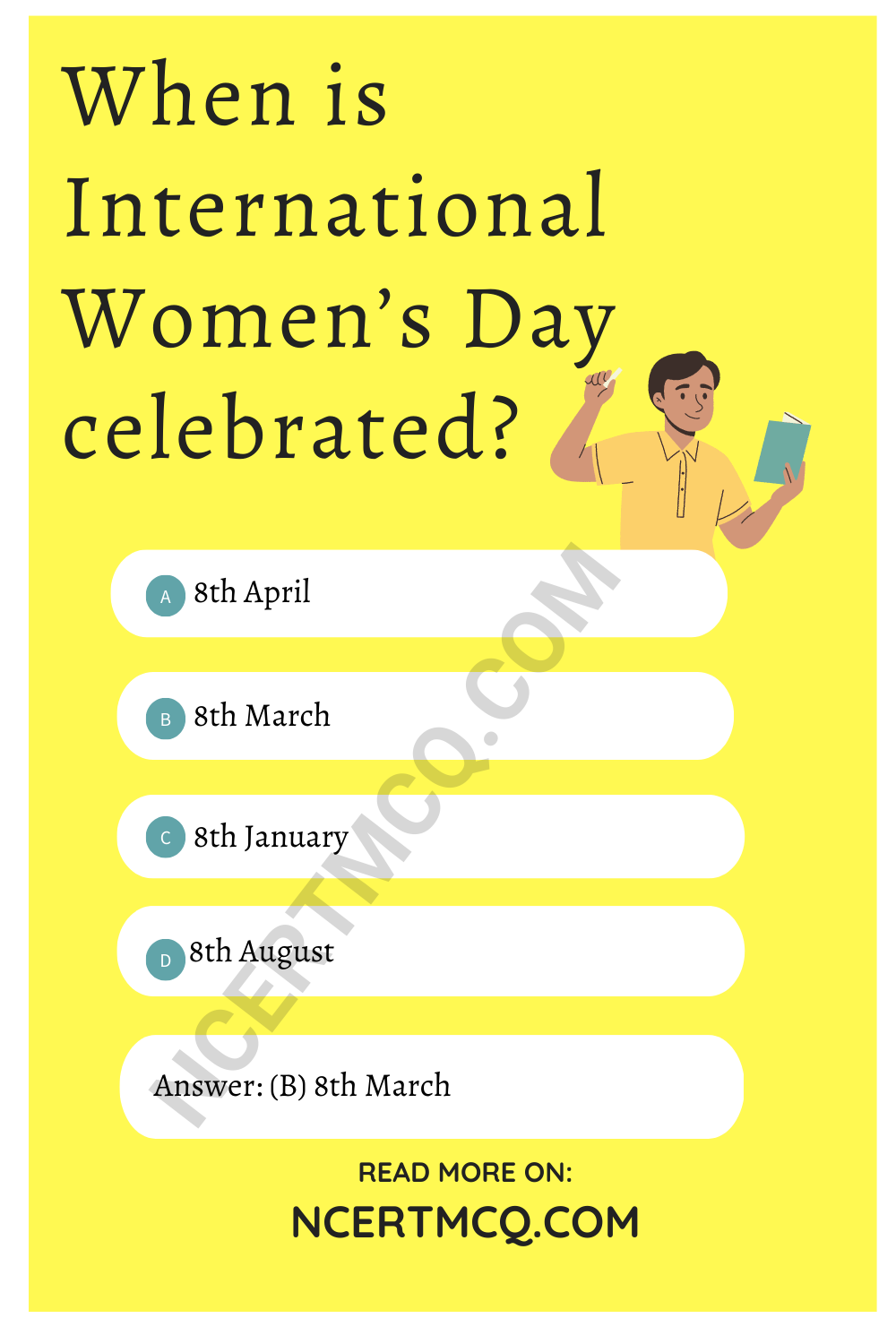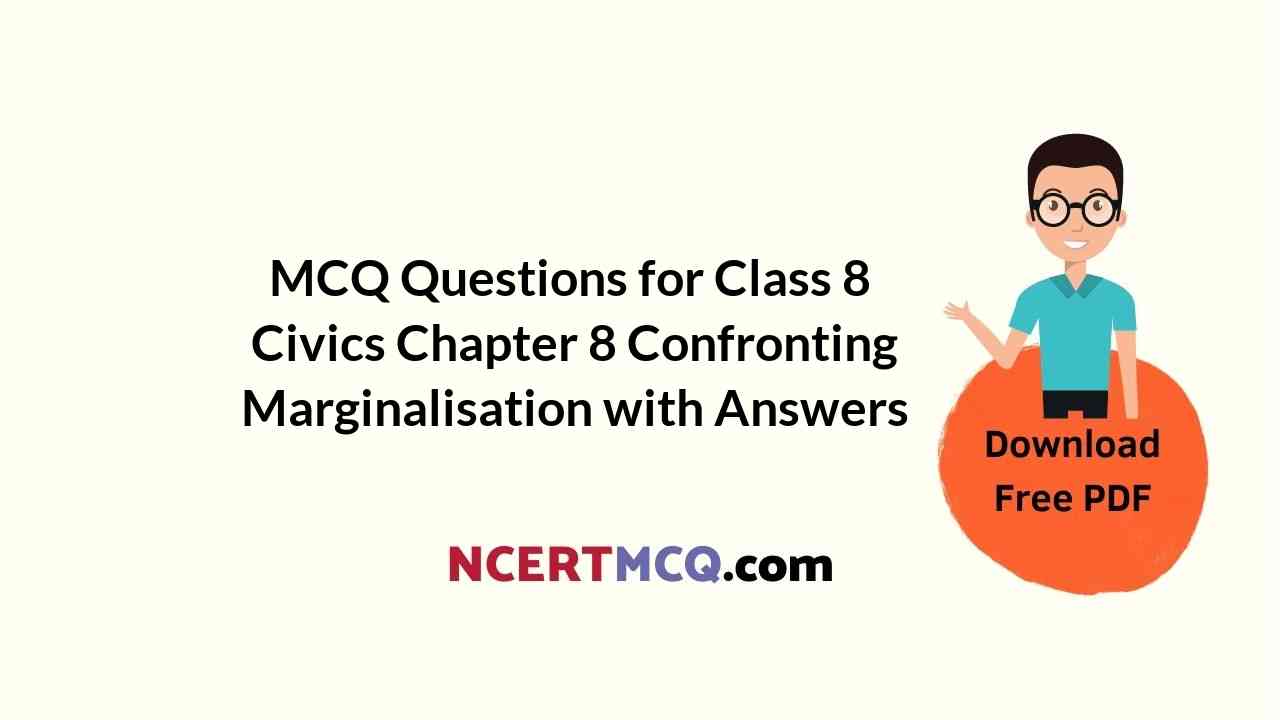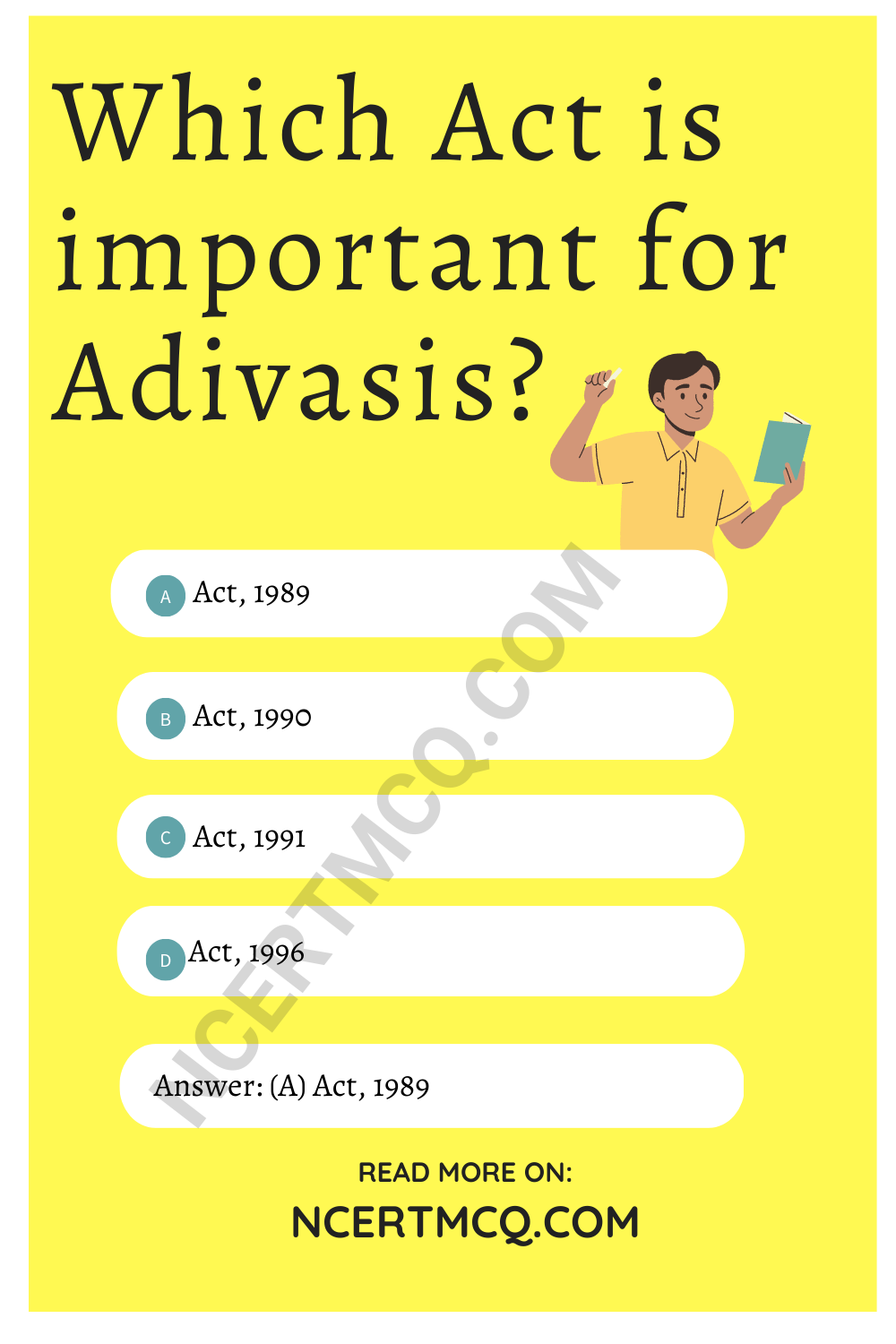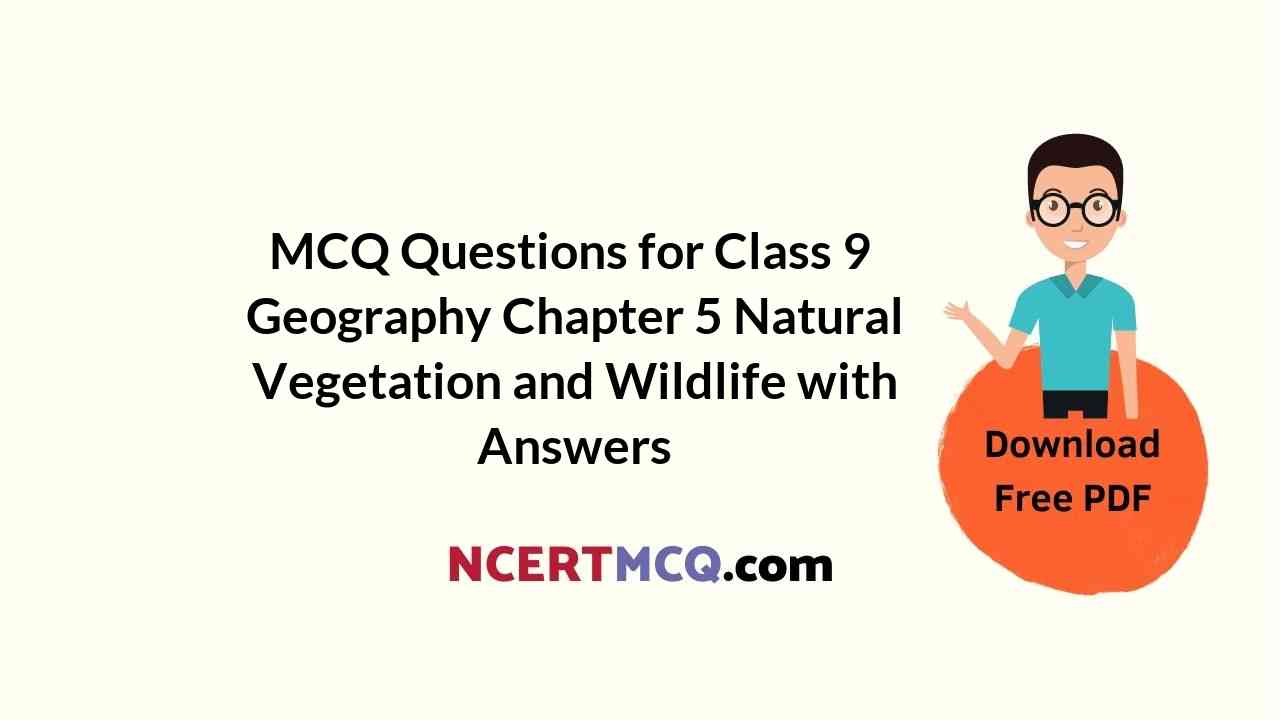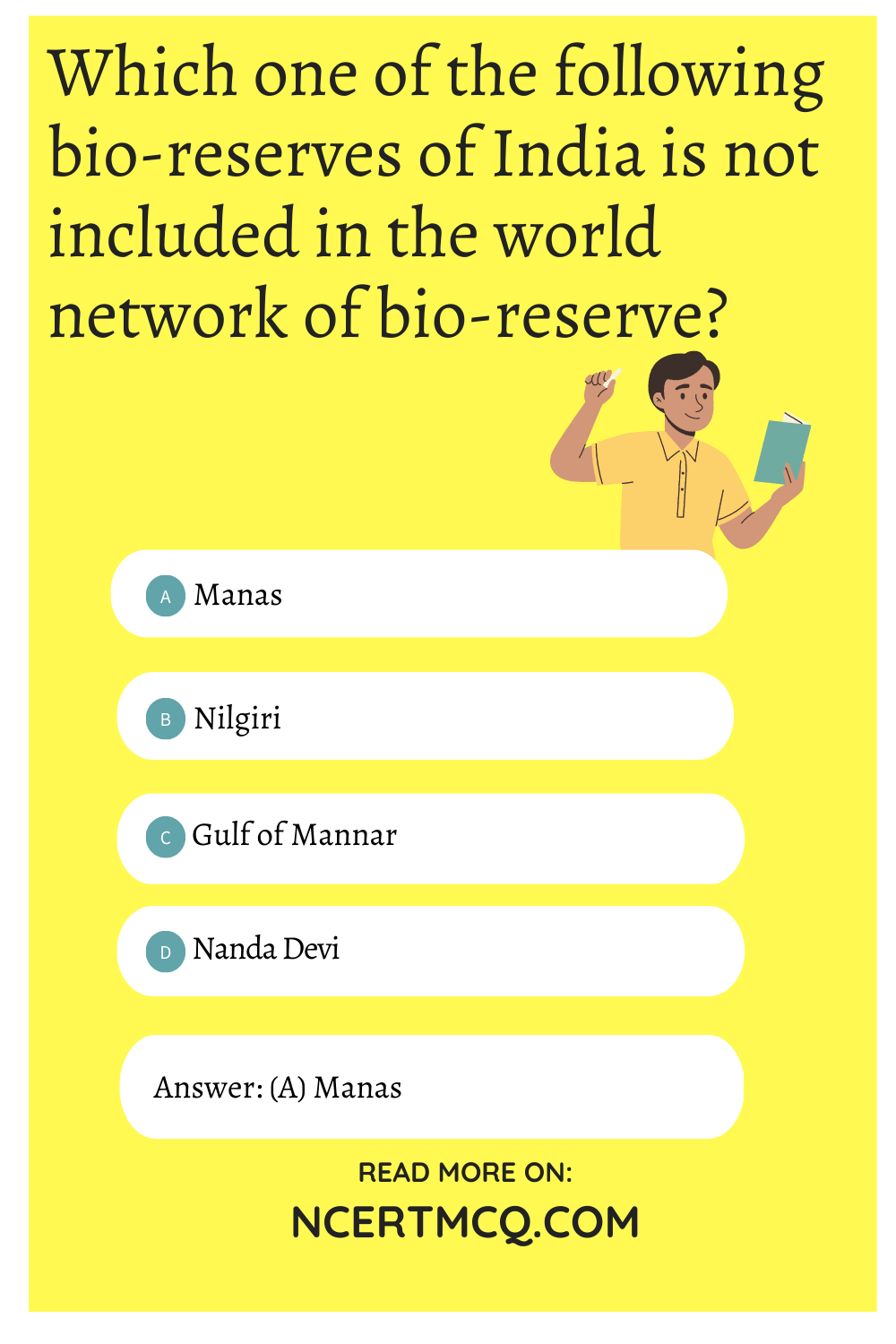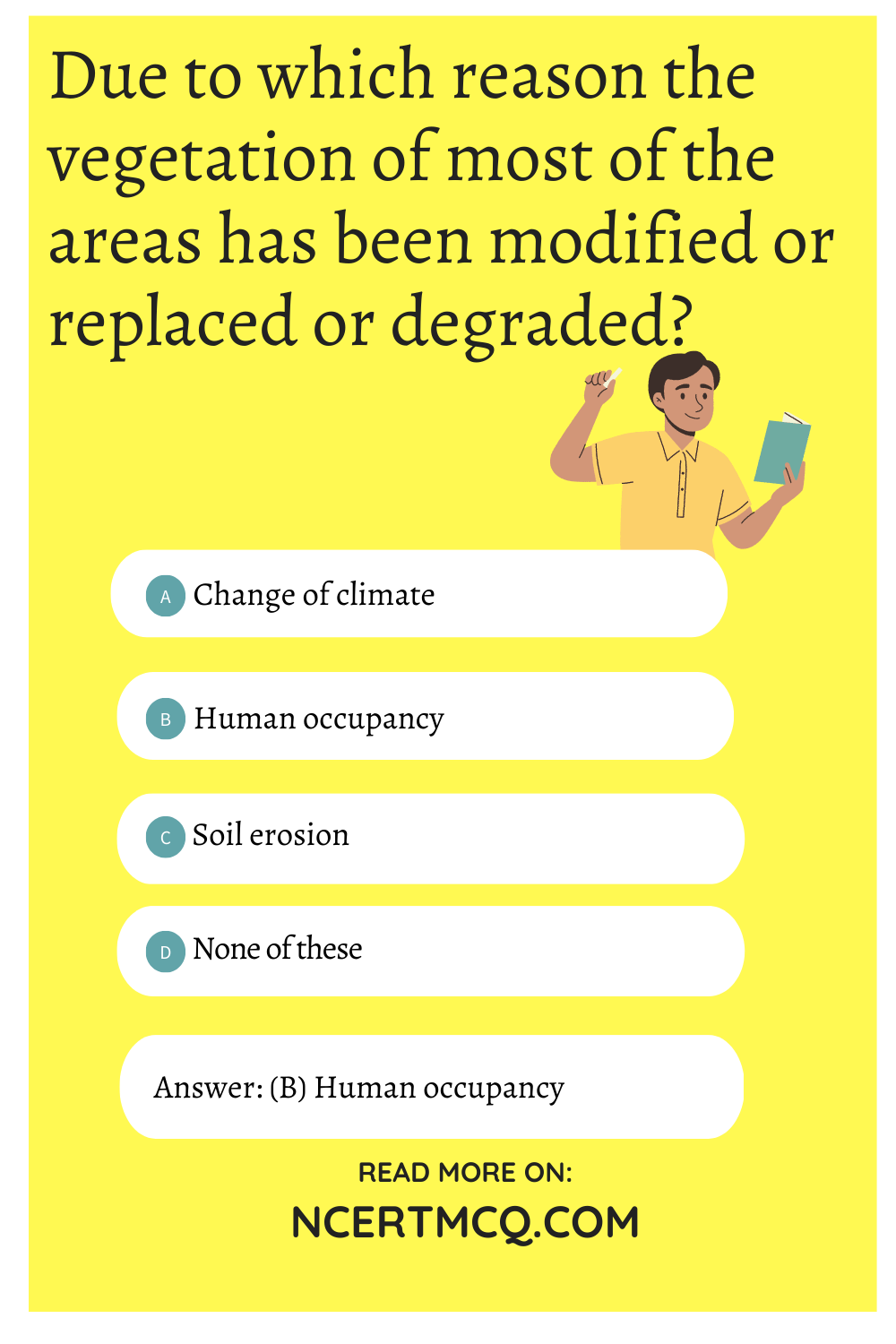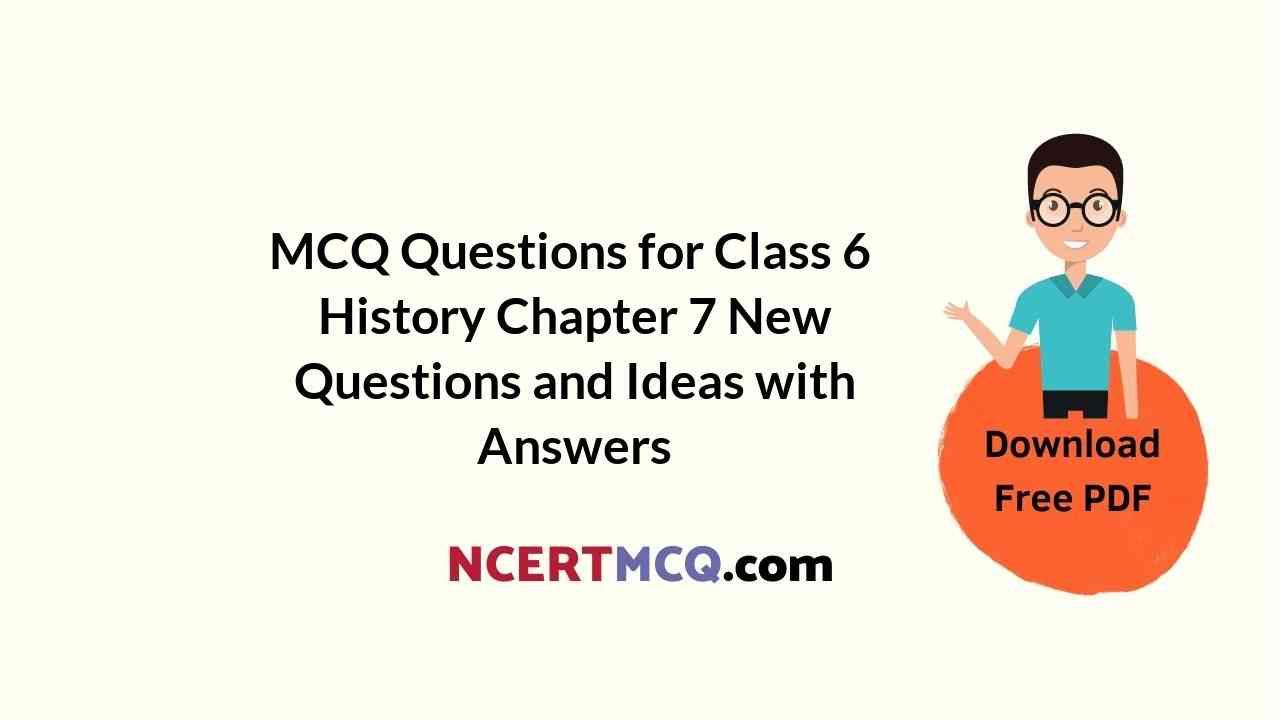Check the below Online Education NCERT MCQ Questions for Class 8 Civics Chapter 3 Why Do We Need a Parliament with Answers Pdf free download. MCQ Questions for Class 8 Social Science with Answers were prepared based on the latest exam pattern. We have Provided Why Do We Need a Parliament Class 8 Civics MCQs Questions with Answers to help students understand the concept very well. https://ncertmcq.com/mcq-questions-for-class-8-social-science-with-answers/
Class 8 Social Science Civics Chapter 3 MCQ With Answers
Civics Class 8 Chapter 3 MCQs On Why Do We Need a Parliament
Choose the correct answer:
Why Do We Need A Parliament Class 8 MCQ Question 1.
Parliament enables Indian citizens to participate in
(a) Decision making
(b) Control the government
(c) Both (a) and (b)
(d) None of these
Answer
Answer: (c) Both (a) and (b)
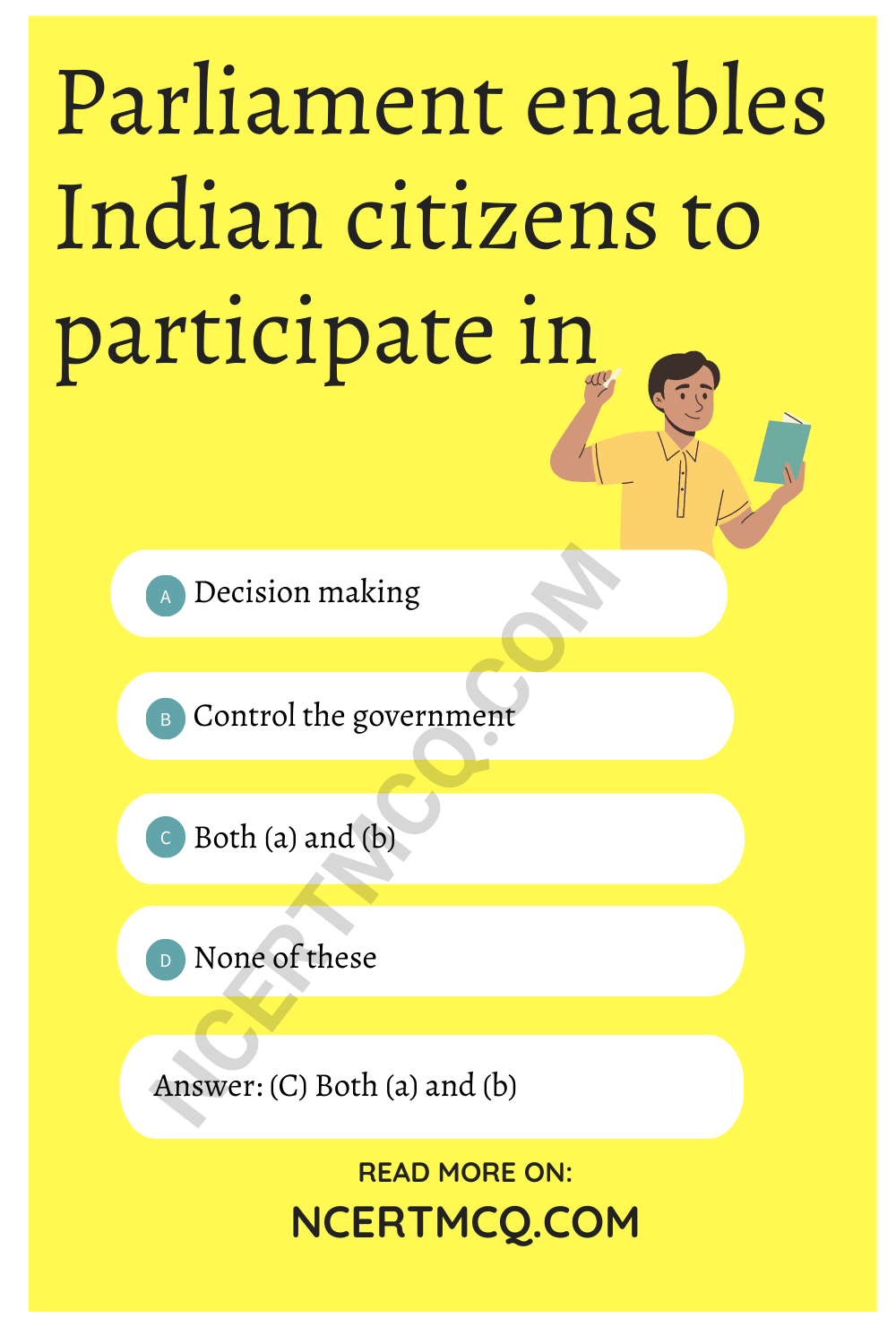
Class 8 Civics Chapter 3 MCQ Question 2.
During British rule which Government of India Act allowed some elected representation
(a) Government of India Act 1919
(b) Government of India Act 1909
(c) Government of India Act 1916
(d) Government of India Act 1947
Answer
Answer: (b) Government of India Act 1909
MCQ Questions For Class 8 Civics Chapter 3 Question 3.
Representatives to the Parliament are chosen by the
(a) People
(b) Rulers
(c) Government
(d) None of these
Answer
Answer: (a) People
Class 8 Civics Chapter 3 MCQ With Answers Question 4.
Who is the Chairman of Rajya Sabha?
(a) Prime Minister of India
(b) President of India
(c) Vice-President of India
(d) None of these
Answer
Answer: (c) Vice-President of India
Class 8 Civics Ch 3 MCQ Question 5.
How many seats were won by BJP in Lok Sabha Election 2014?
(a) 285
(b) 14
(c) 114
(d) 141
Answer
Answer: (a) 285
Why Do We Need Parliament Class 8 MCQ Question 6.
The highest law-making body of our country consisting of the Lok Sabha and the Rajya Sabha is known as
(a) High court
(b) Supreme court
(c) Parliament
(d) none of these
Answer
Answer: (c) Parliament
Ncert Class 8 Civics Chapter 3 MCQ Question 7.
The combined strength of all political parties in the Parliament with less than 50% of representatives is
(a) ruling party
(b) opposition
(c) coalition
(d) none of these
Answer
Answer: (b) opposition
Ch 3 Civics Class 8 MCQ Question 8.
What is the most important function of Lok Sabha?
(а) How to celebrate Diwali this year?
(b) The Prime Minister selects minister to work
(c) Both (a) and (b)
(d) None of these
Answer
Answer: (d) None of these
In Parliament Seats Are Reserved For Class 8 Question 9.
What does PMO refer to?
(a) Prime Master Office
(b) Post Master Office
(c) Primary Municipal Office
(d) None of these
Answer
Answer: (a) Prime Master Office
MCQ On Why Do We Need A Parliament Class 8 Question 10.
Who looks after sanitary conditions of the country?
(a) Health Minister
(b) Home Minister
(c) Finance Minister
(d) All of these
Answer
Answer: (a) Health Minister
MCQ For Class 8 Civics Chapter 3 Question 11.
The upper house of Parliament, representing the states, is termed as
(a) Lok Sabha
(b) Rajya Sabha
(c) Parliament House
(d) hone of these
Answer
Answer: (b) Rajya Sabha
Chapter 3 Civics Class 8 MCQ Question 12.
Which is an important way to contro l the executive in Parliament?
(a) Assembly
(b) Zero hour
(c) Question hour
(d) none of these
Answer
Answer: (c) Question hour
Civics Chapter 3 Class 8 MCQ Question 13.
In Parliament seats are reserved for:
(a) SCs
(b) STs
(c) None of them
(d) Both (a) and (b)
Answer
Answer: (d) Both (a) and (b)

Match the following:
| Column A | Column B |
| (a) Lok Sabha | (i) The upper house of Parliament |
| (b) Speaker | (ii) Bhartiya Janta Party |
| (c) Rajya Sabha | (iii) has seven MPs |
| (d) Delhi | (iv) the lower house of Parliament |
| (e) B.J.P. | (v) Officer of Lok Sabha |
Answer
Answer:
| Column A | Column B |
| (a) Lok Sabha | (iv) the lower house of Parliament |
| (b) Speaker | (v) Officer of Lok Sabha |
| (c) Rajya Sabha | (i) The upper house of Parliament |
| (d) Delhi | (iii) has seven MPs |
| (e) B.J.P. | (ii) Bhartiya Janta Party |
State whether true or false:
1. The leader of ruling party in Parliament is the Prime Minister of the country.
Answer
Answer: True
2. The Vice-President of India is the Chairman of Rajya Sabha.
Answer
Answer: True
3. The Universal Adult Franchise is for the sake of justice and equity.
Answer
Answer: True
4. BJP won the State Election of Delhi in 2015.
Answer
Answer: False
5. Discrimination is the ideal function.
Answer
Answer: False
6. Mrs. Sheela Dixit was first female Chief Minister of Delhi who was elected for 3rd time.
Answer
Answer: True
7. The Prime Minister selects minister from his Party’s MPs to work.
Answer
Answer: True
Fill in the blanks:
1. ……………….. is the most important symbol of Indian democracy.
Answer
Answer: Parliament
2. On 15th August 1947 India became ………………..
Answer
Answer: independent
3. All the representatives together control and guide the ………………..
Answer
Answer: government
4. An MLA is the member of ……………….. Assembly.
Answer
Answer: Legislative
We hope the given NCERT MCQ Questions for Class 8 Civics Chapter 3 Why Do We Need a Parliament with Answers Pdf free download will help you. If you have any queries regarding Why Do We Need a Parliament CBSE Class 8 Civics MCQs Multiple Choice Questions with Answers, drop a comment below and we will get back to you soon.
Class 8 Social Science Civics MCQ:
- The Indian Constitution Class 8 MCQ
- Understanding Secularism Class 8 MCQ
- Why Do We Need a Parliament Class 8 MCQ
- Understanding Laws Class 8 MCQ
- Judiciary Class 8 MCQ
- Understanding Our Criminal Justice System Class 8 MCQ
- Understanding Marginalisation Class 8 MCQ
- Confronting Marginalisation Class 8 MCQ
- Public Facilities Class 8 MCQ
- Law and Social Justice Class 8 MCQ


